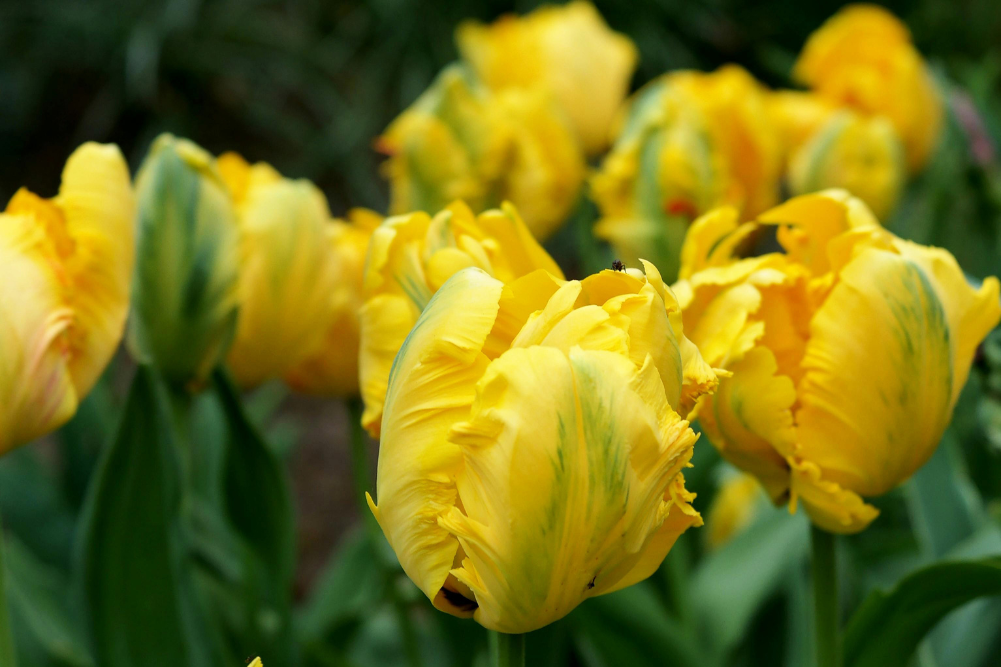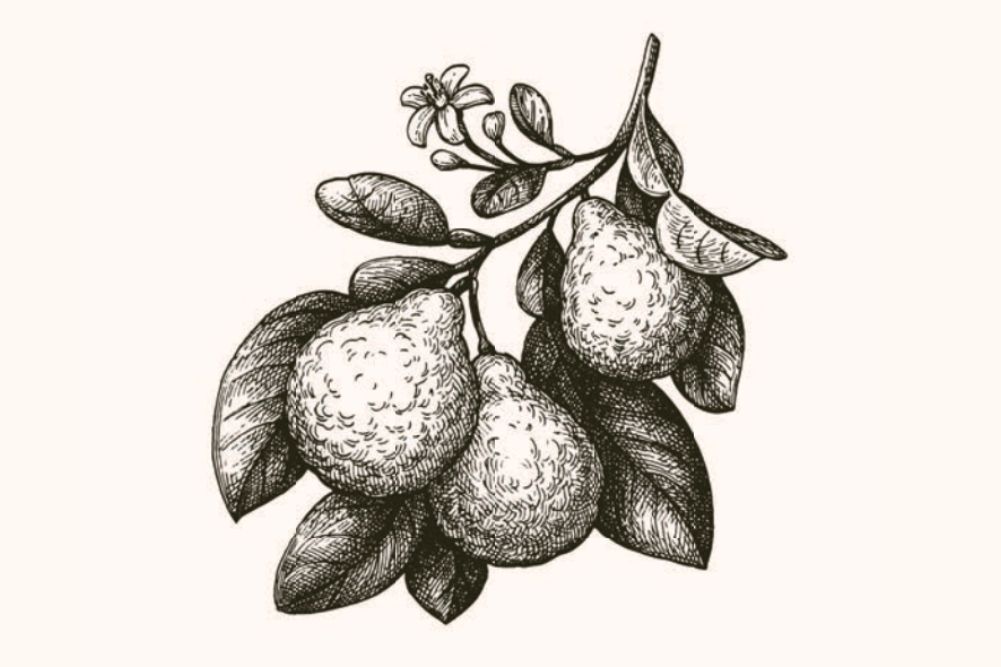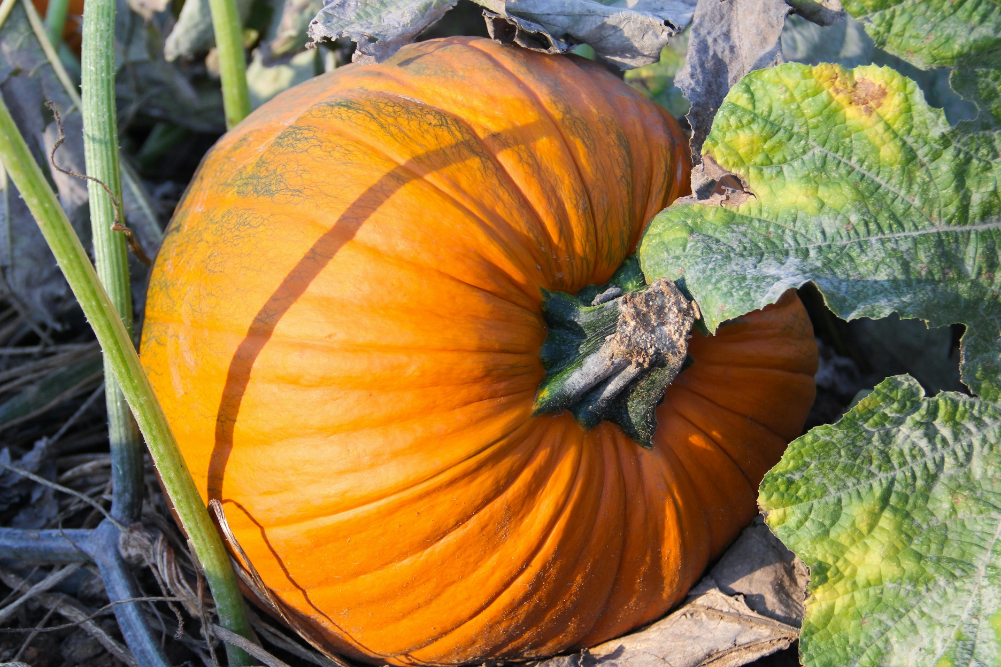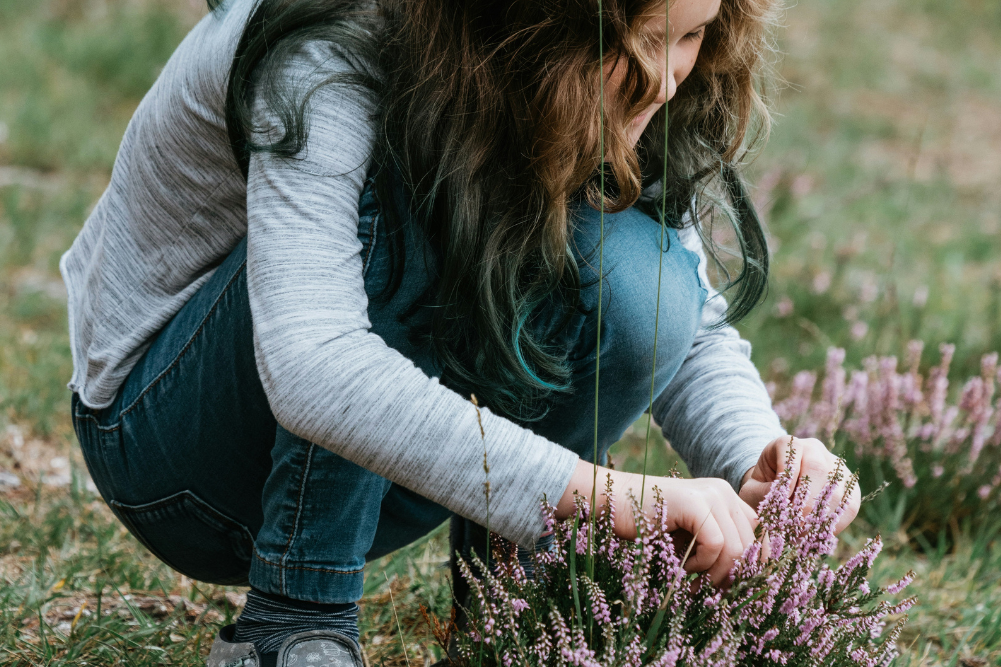How to dig for victory and grow your own food
In World War II citizens were urged to “Dig for Victory”. Today, as Greenland melts and smoke from Russian fires turns the snow black in Canada and the northern USA, we face an enemy that could be more dangerous than any in World War II: ourselves. While we continue to pretend we are not already in the catastrophe of global warming, it will worsen.
We can no longer assume that any food supply is secure. Australia usually has about 28 days of fuel storage. Anything that halts its import, from war to a solar flare taking out satellite navigation, cyclones, epidemics or fires affecting our ports, means that we not only won’t be able to drive to the supermarket — they will be empty. Yet that’s relatively recent.
When I was a kid most suburbs could have survived indefinitely without food from shops. Market gardens and orchards still dotted city maps, produce was sold by the roadside or by a bloke in a ute who’d drive slowly down the street once a week, tooting his horn now and then so the housewives knew he was about. My childhood fruit and veg arrived on Thursday mornings, a bit dusty, or it was handed over the back fence.
Every backyard I knew had at least one fruit tree. Neither of my parents could garden, but we had six paw paws, a peach tree slightly fruit fly-infested so used for jam, a persimmon, a loquat and a mulberry tree as well as a strawberry patch. None of these were tended. They grew. We picked and ate.
Until the advent of cheap frozen chickens from vast sheds, most homes kept chooks for eggs, their manure and for the treat of roast chicken (or young rooster) for festive occasions, or my mother’s “party dish”: take one giant pot, add one elderly “boiling hen” and a lot of water. Simmer for three hours; add lots of chopped veg and six cups of rice, salt and canned pineapple to taste, plus more water until the rice is soft. This feeds 20. (The pineapple-canning factory was nearby — a surprising number of recipes from my childhood included canned pineapple.)
House cows were common, grazing in backyards and on the footpath or “vacant blocks”, which most suburbs had as a matter of course. I learned to milk as a child, and was given a bucket of milk — still with its cream that could be turned into butter — each time I volunteered for milking as a reward. It was still a time of local dairies and baker’s shops, many of which stone-ground their own grains.
It’s time to dig for victory again. But what can you grow for food security now that giant backyards are rare, and free time is scarcer too?
“I don’t have a garden” is no longer an excuse: turn at last three walls into a vertical garden for lettuces, spinach, herbs, strawberries, parsley and cherry tomatoes.
The easy answer is anything edible that you have the knowledge or space to grow and that can be swapped for other foods. “I don’t have a garden” is no longer an excuse: turn at last three walls into a vertical garden for lettuces, spinach, herbs, strawberries, parsley and cherry tomatoes. Lobby the body corporate for both home and work to have green walls there, too. Lobby your council for footpath gardens, as has been done in Canberra, with strict rules to still allow for safe access.
But try to have a garden — a proper one, with fruit and veg. It need not be your own. Ask about community gardens where you might have a plot, or share a garden. As I grow older, and especially since the injury to my back, I would love to share part of my garden on the usual share cropping basis: I provide the garden, tools, water, seeds and anything which costs, and we share the crop 40:60, ie 60 per cent to whoever does the work.
A security garden needs protein: avocadoes, nuts according to your climate, beans (both fresh and dried) and quinoa. It needs staple carbohydrates, most of which have some protein, too: potatoes and corn, plus the proteins above have carbohydrates too. Now add whatever you love to eat or drink. (Mine would be coffee bushes, peppermint, tea camellias, apricots and apples.)
And then the most important tip: swap abilities. When disaster comes, those who survive will be those who help each other and exchange resources. This means whatever grows best in your area, like the fruits my parents grew — or let grow themselves — in suburban Brisbane.
In our cold climate that would be bunya nuts, apples, pears, hazelnuts, quinces, mulberries, plums, chestnuts, persimmons and carob as well as perennial veg like rhubarb, asparagus, figs, yacon, Jerusalem artichokes and garlic chives. They’ll all keep cropping with infinite neglect — though they’ll also bear much better if they are fed and watered.
A security garden needs protein: avocadoes, nuts according to your climate, beans (both fresh and dried) and quinoa.
In frost-free areas, sweet potato becomes a staple: just dig out what you want and leave enough for the plants to keep on spreading. Avocadoes crop for decades and do best on homemade cost for their tucker: you feed them and they feed you. Grow different varieties so they crop all year round. Avocadoes are one of the best barter crops I know. Also try bananas (as long as you are in a virus-free zone), breadfruit, chokos, mangos, figs, pumpkin, lentils or groves of macadamia nuts as street trees, the tough kind that white cockatoos ignore. Just not bunya nuts — you may never starve if you grow bunya buts, but a falling cluster can squash a car.
One of my fantasies is an urban/suburban area that grows enough food to eat or barter, stores water in underground cisterns and is solar panelled enough to thrive in a long-term power outage. Chooks and goats do the recycling, and every schoolkid or office worker assumes the lunchroom will provide enough hydropic cherry tomatoes, cucumbers and salad greens to go with whatever else they’ve cooked for lunch, with corn on the cob and mini watermelons on Fridays. On the way home you pick plums or macadamias, and perhaps spend a day a year helping bring in the local footpath and park olive harvest to be pressed for oil, or the grapes to be dried for sultanas or made into wine.
This isn’t a total fantasy — there are already places where all of those things happen. All we need is more.








